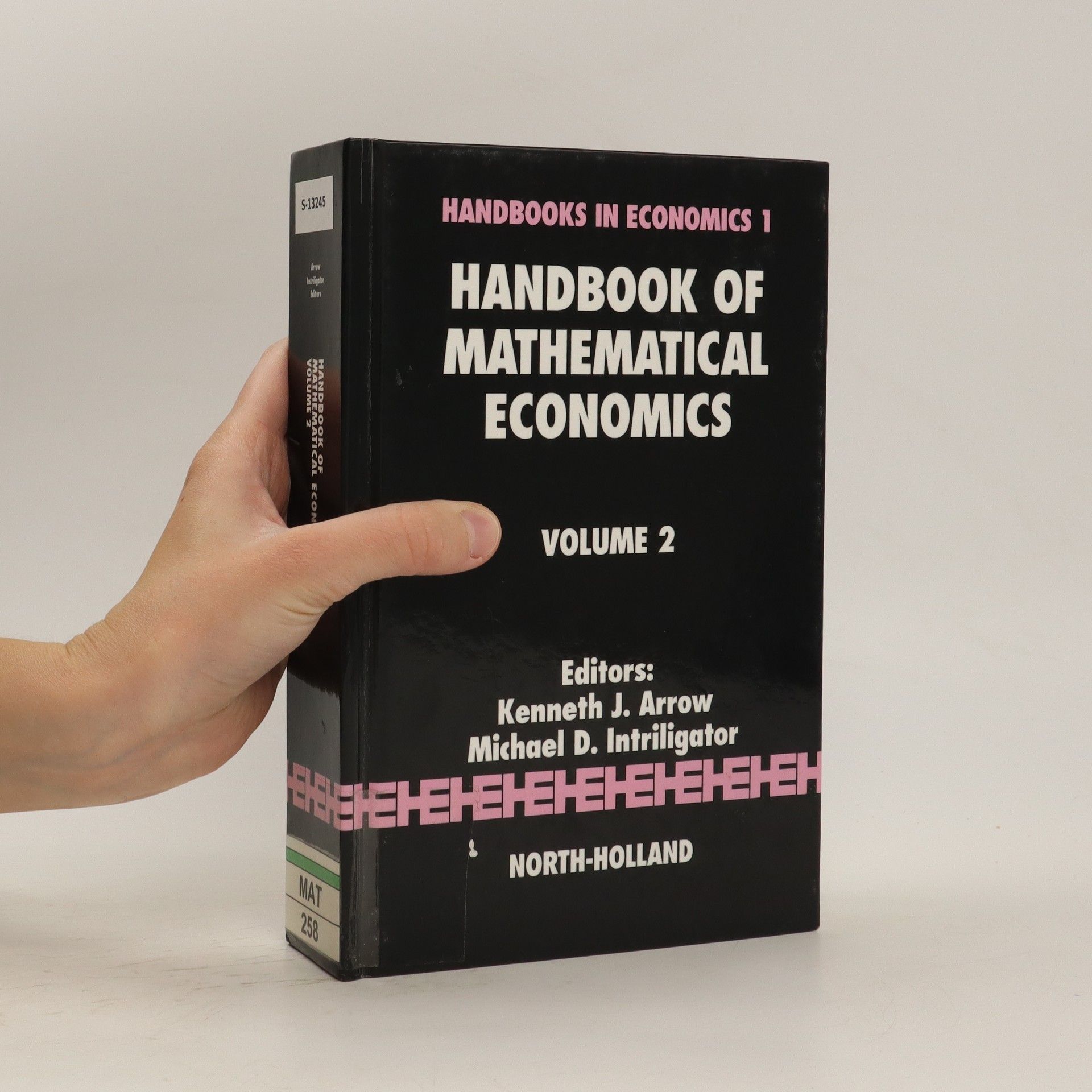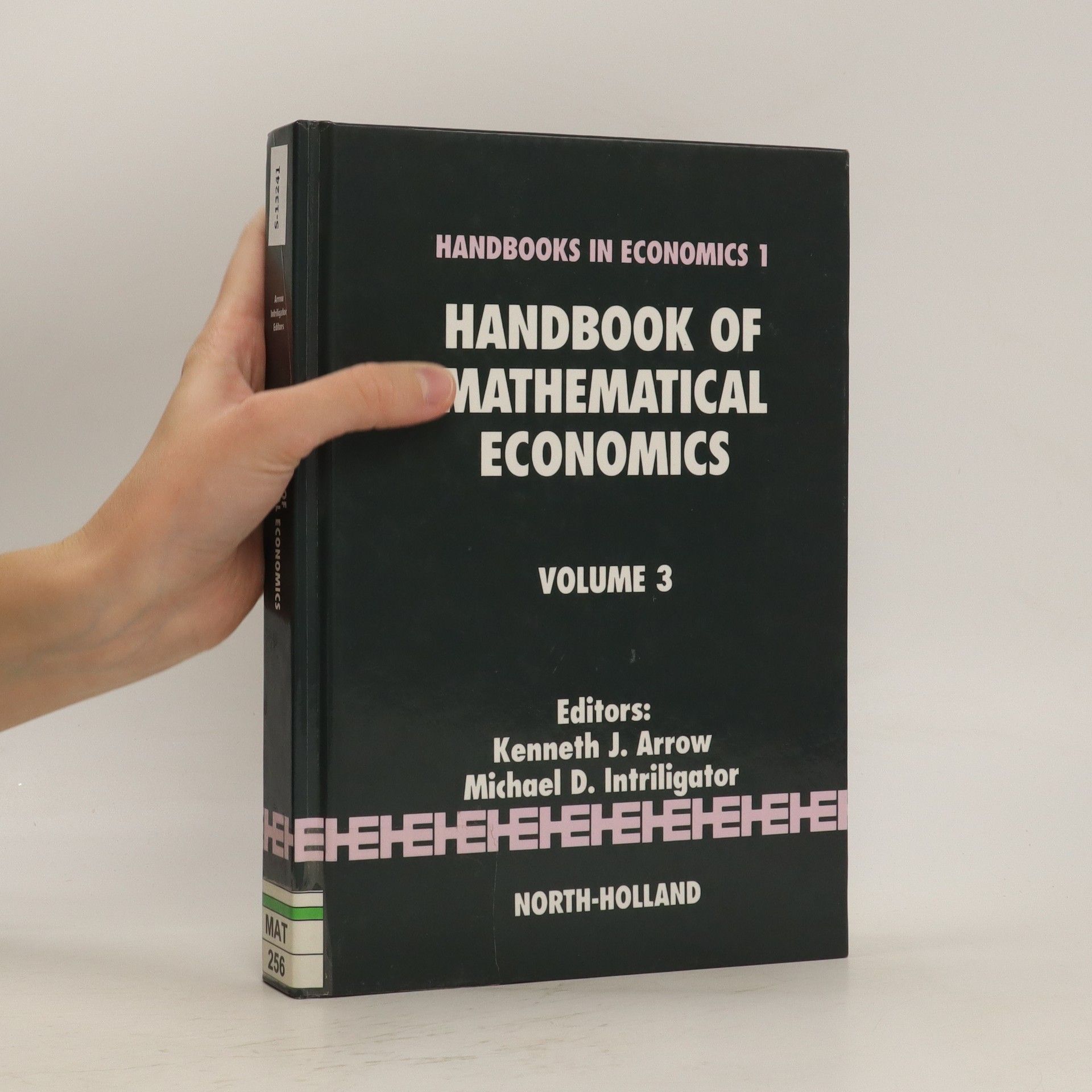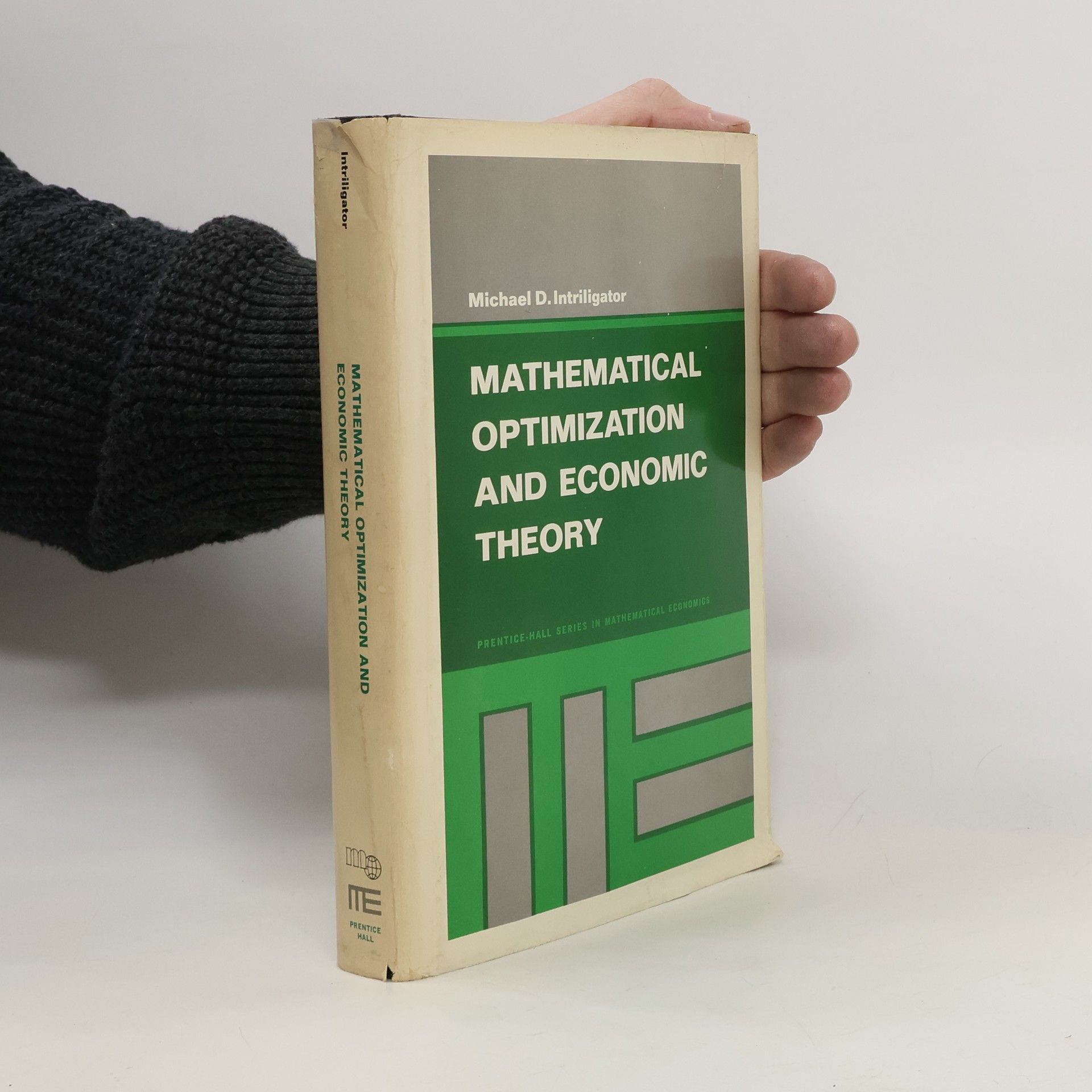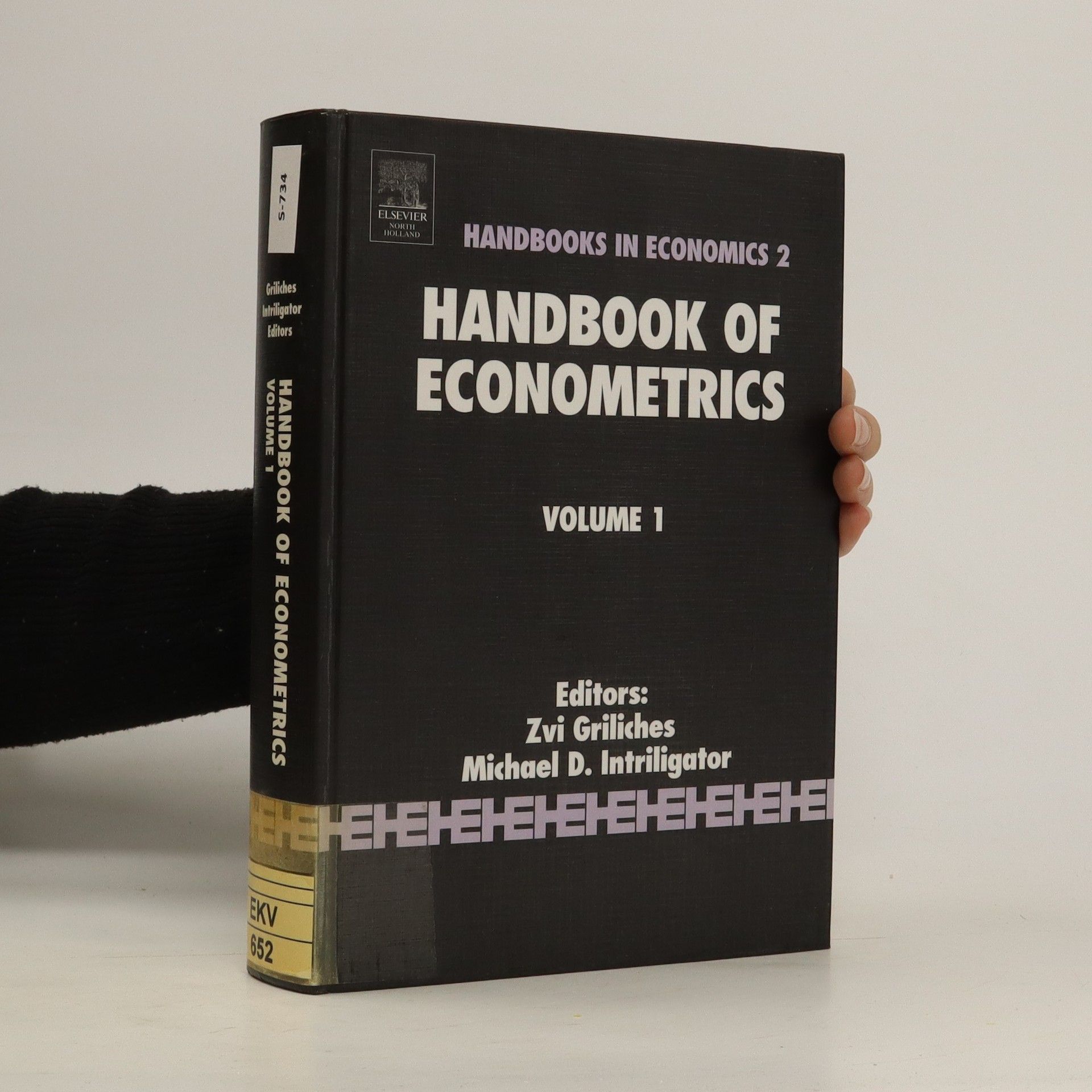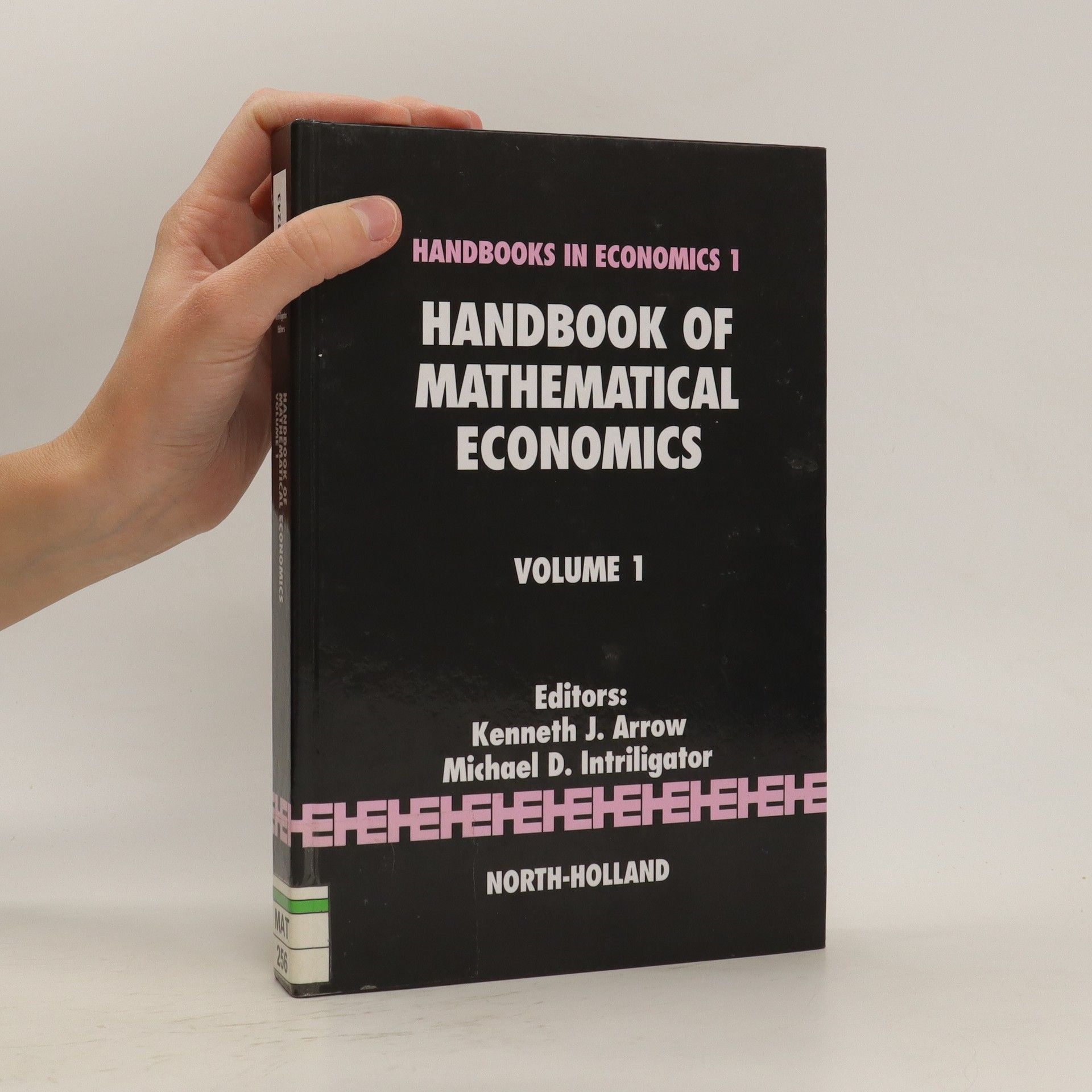Handbook of mathematical economics. Volume 1
- 396pages
- 14 heures de lecture
The Handbook of Mathematical Economics aims to provide a definitive source, reference, and teaching supplement for the field of mathematical economics. It surveys, as of the late 1970's the state of the art of mathematical economics. This is a constantly developing field and all authors were invited to review and to appraise the current status and recent developments in their presentations. In addition to its use as a reference, it is intended that this Handbook will assist researchers and students working in one branch of mathematical economics to become acquainted with other branches of this field. Volume 1 deals with Mathematical Methods in Economics , including reviews of the concepts and techniques that have been most useful for the mathematical development of economic theory. For more information on the Handbooks in Economics series, please see our home page on
